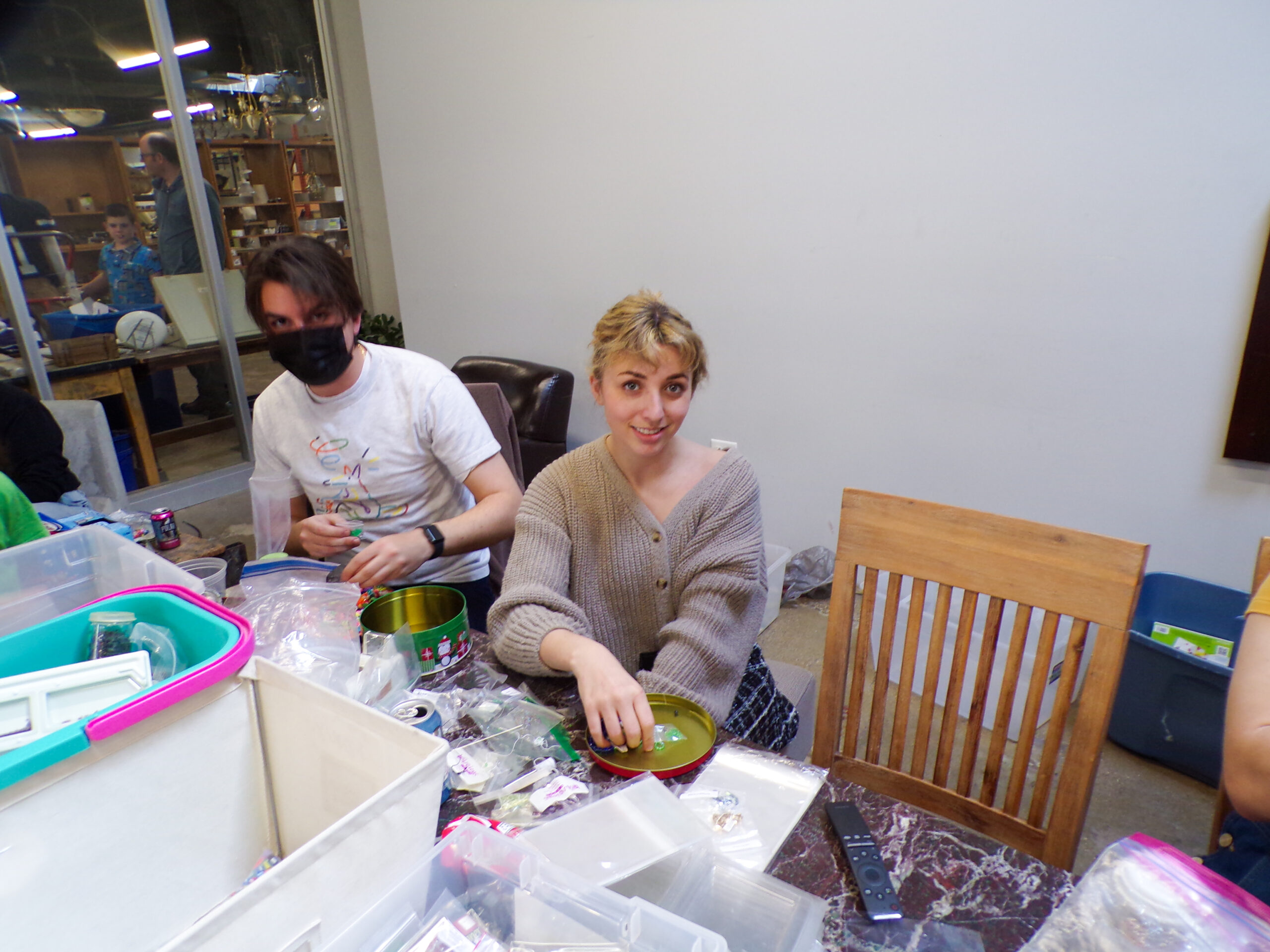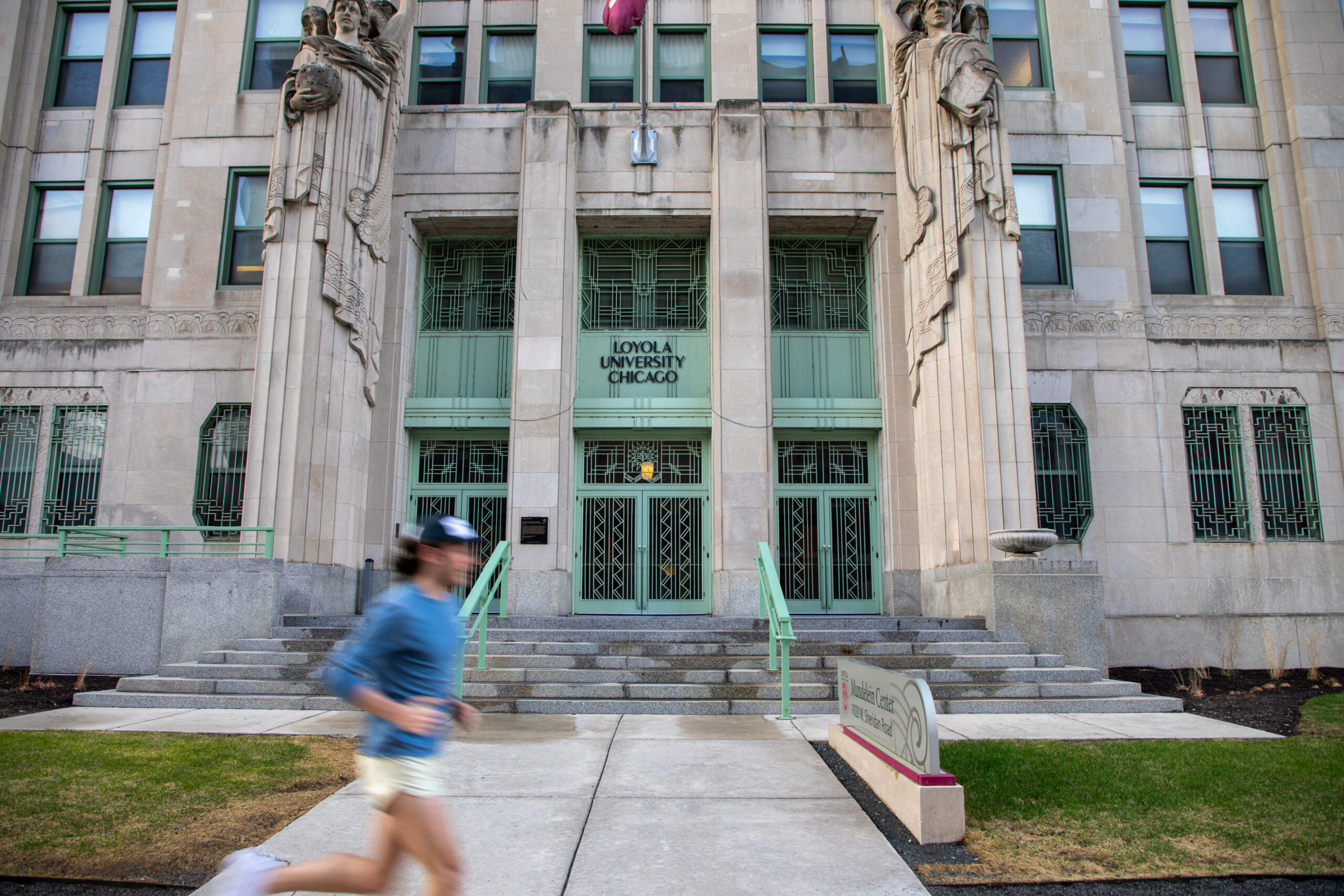Opinion editor Aidan Cahill talks about some of the systemic problems with the Clery Report
This week in news, you can read a story on this year’s Annual Security Report and Fire Safety Report — better known as the Clery Report.
The report lists any criminal offenses, Violence Against Women Act offenses, hate offenses, arrests and disciplinary referrals reported on all Loyola campuses, It also contains a breakdown of Loyola’s security and student safety policies as well as any fires reported in dorms.
While the Clery Act serves an important purpose, it doesn’t go far enough in capturing the full picture of security and public safety on a college campus. By federal mandate, the report only lists certain crimes and is too vague in the geographic area it covers. It also fails to account for changing safety conditions and the realities of an urban campus.
This problem isn’t Loyola’s fault. Everything contained in the report is there because the federal government mandates it to be. If Loyola doesn’t work within those mandates, they don’t get federal funding. For the Campus Safety Department, Title IX Office and Office of Student Conduct and Conflict Resolution, there’s a lot riding on being in compliance. The challenge is that the U.S. Department of Education’s vague guidance and definitions don’t make the university’s job easy.
This confusion is first seen in how the university lists where an incident occurred. In the report, incidents are listed by year, campus and one of four geographic areas: on-campus, residence halls, public property and non-campus university-owned buildings. While there are definitions for each of the terms, how universities are supposed to apply them is incredibly vague.
In their current guidance, the Department of Education doesn’t define what certain terms actually mean. For example, public property is defined as any property that’s “immediately adjacent” to the university. As for what that term means, they apply “no specific measurable distance definition into adjacent public property.”
Ambiguity like this can be found in every geographic definition on the report. It makes reading and analyzing the report harder because every institution may interpret this definition differently.
Beyond this ambiguity, the other major geography problem is that Clery doesn’t account for crimes impacting students off-campus. Because 58% of Loyola students live off campus, the Clery Report simply won’t give an accurate picture of safety for the majority of students. Even if every party involved is a student and the incident is reported to the university, Clery doesn’t allow for those incidents to be listed.
Geography aside, another issue with Clery is the limited scope of what crimes it actually covers. The Clery Report only requires universities to list 11 different criminal offenses, four hate offenses, three Violence Against Act Offences and three policy violations. If the crime doesn’t fall in those categories, it won’t show up on Clery.
The crimes Clery does list are based on definitions that come from the Department of Education and not local laws. What this means is Loyola will have to take the reports from Campus Safety, other police agencies, the Title IX Office and Office of Student Conduct and Conflict Resolution, check to make sure it falls within the definitions established in Clery, see where the incident took place and then put it in the report.
These issues are not a Loyola-specific issue. Clery’s failure impacts every campus, in every state in the United States. Any fault found with the Clery Report should be placed squarely on the Department of Education and not on the thousands of workers at universities across the country — including Loyola.
Until Clery is reformed to accurately reflect the lives of students, it shouldn’t be relied on as the main source of information regarding crime on a college campus. Simply put, the Department of Education can do better with Clery.
Feature image by Aidan Cahill / The Phoenix












